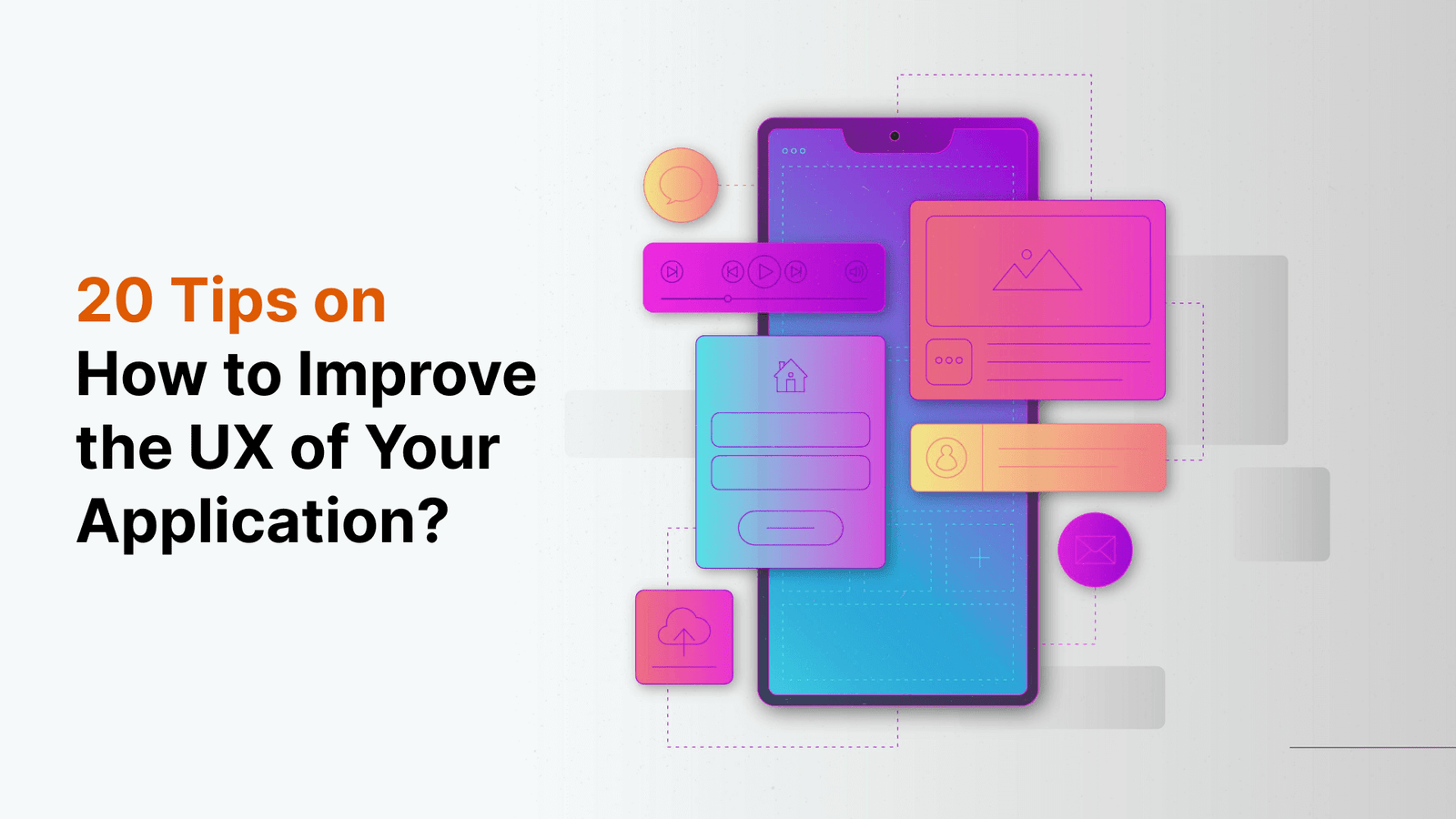In the fast-paced world of digital products, interaction design plays a pivotal role in ensuring that users can effortlessly engage with your interface. It’s not just about aesthetics but about making sure that every interaction feels smooth, intuitive, and rewarding. A well-crafted interaction design can significantly impact user satisfaction and lead to increased engagement, loyalty, and overall success of your product.
What is Interaction Design?
Interaction design focuses on how users interact with a digital product. It goes beyond the visual elements of the user interface (UI) and deals with the design of interactive elements such as buttons, navigation, gestures, and animations. The goal is to create seamless, meaningful interactions that guide users through your product effortlessly and ensure they have a smooth experience.
Why Interaction Design Matters
Interaction design is at the core of how users engage with your digital product. Here’s why it matters:
Enhances Usability: By designing intuitive interactions, you make it easier for users to navigate your product without frustration.
Increases Engagement: Engaging interactions keep users interested and encourage them to explore more features.
Fosters Emotional Connections: Thoughtful interaction design can evoke positive emotions, making users feel in control and valued.
Boosts Retention: A seamless interaction experience ensures users return to your product, building loyalty over time.
Principles of Effective Interaction Design
To create engaging and effective interaction designs, it’s essential to follow some core principles:
1. Consistency
Consistency in design patterns and interaction behavior helps users quickly understand how to navigate the product. Consistent button styles, navigation paths, and feedback responses provide a smooth experience.
2. Feedback
Users should always receive feedback from the system based on their interactions. Whether it’s a click, hover, or drag action, feedback such as a color change or animation ensures that users know their actions have been registered.
3. Intuitiveness
Designing interactions that feel natural and intuitive ensures users can navigate your product without needing extensive guidance. This involves understanding user behavior and creating interfaces that meet their expectations.
4. Accessibility
Great interaction design is inclusive and accessible to users with varying abilities. This includes ensuring that interactions are possible using assistive technologies like screen readers and voice commands.
Best Practices for Interaction Design
When designing interactions for digital products, it’s important to consider the following best practices:
1. Simplify User Flow
Interaction design should focus on simplifying user flow. Reducing unnecessary steps or clicks makes it easier for users to complete their tasks quickly and efficiently.
2. Use Microinteractions
Microinteractions, such as hover effects, progress indicators, or subtle animations, can enhance the user’s experience by providing real-time feedback and making the product feel more dynamic and responsive.
3. Test and Iterate
Interaction design requires constant testing and iteration. Usability testing and A/B testing can provide valuable feedback, allowing you to refine interactions to better meet user needs.
Case Study: Interaction Design for an E-Commerce Platform
A major e-commerce platform wanted to improve its checkout process, which had a high abandonment rate due to a complex and non-intuitive flow. By redesigning the interaction experience, they:
- Streamlined the checkout process into three simple steps.
- Added real-time feedback for form field validation and payment confirmation.
- Introduced clear visual cues to guide users through each stage.
The result was a 25% increase in completed purchases and a significant reduction in cart abandonment, demonstrating the power of effective interaction design.
Conclusion
Interaction design is crucial for creating a digital product that users love to engage with. By crafting intuitive, responsive, and accessible interactions, you can improve usability, foster emotional connections, and ensure long-term engagement. Investing in interaction design will help create meaningful and seamless experiences for your users.





